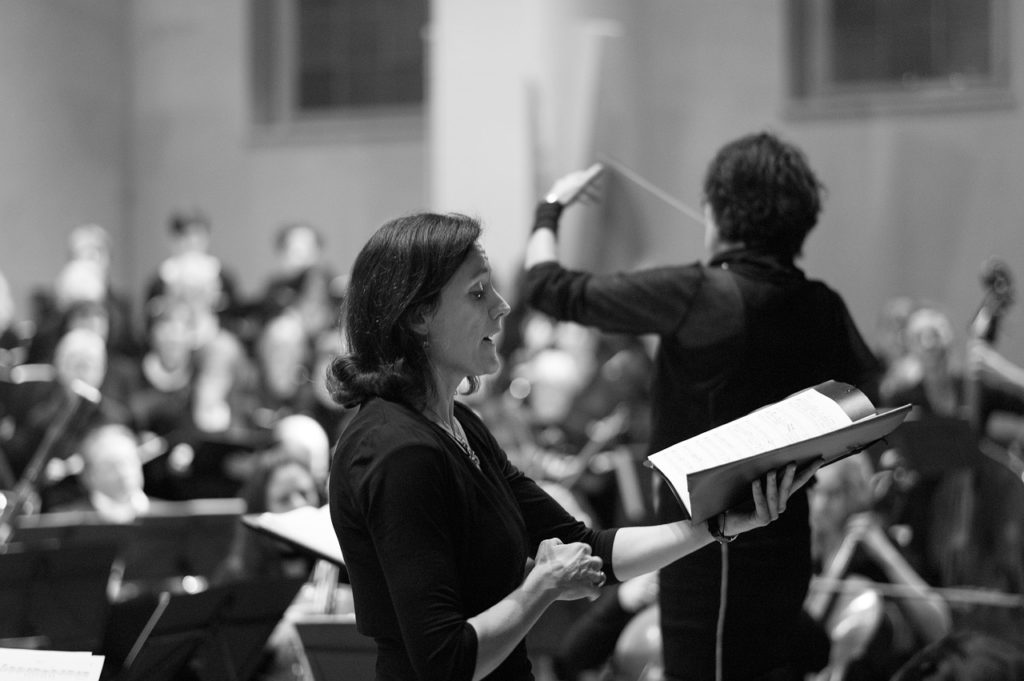Tuning

The archive contains posts about tuning instruments and vocals.
Instrument and Vocal Intonation
Are you frustrated that your guitar or synth chords sound out of tune? Do you want to sing in tune? Many of the following posts deal with how to retune guitars and synths so they sound better. Other posts deal with singing or playing in tune.
However, the tuning posts do not stop at the simple question of how to tune a guitar or a synth. They also look at the deeper questions of what does it mean to be in tune and how to tune better.
When musicians tune instruments, they bring the instruments’ notes into agreement with a cultural standard. The standard remains different for fixed pitch instruments, such as the piano, than for flexible pitch instruments, such as the voice.
In Western culture, equal temperament remains the standard for fixed pitch instruments. It allows the instrument to have a manageable number of notes. Also, all twelve scales remain usable.
However, the chords sound barely in tune. Therefore, many of the posts in the archive talk about how to tune instruments using Supplemented Equal Temperament (SET). SET is an enhanced version of equal temperament. Thus, chords sound better in SET than in equal temperament.
Flexible pitch instruments, such as the voice, violin, brass, and woodwind families, have the ability to adjust their pitch as they play. Consequently, many of the archive posts deal with vocal intonation. (Though any flexible pitch instrumentalist will benefit from the ear training.)
To help them achieve this, the singing posts have specially tuned sing-along songs that train vocalists to sing melodies and harmonies accurately.
© 2021 Geoffrey Keith
Back to the Successful Music Student Blogs page











